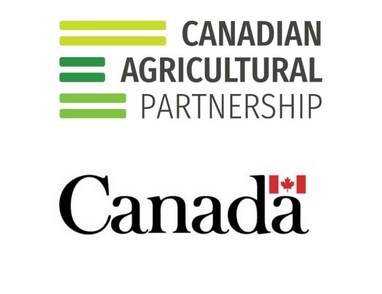
New Allergen Management Guidelines available for Canadian food and beverage manufacturers
November 16, 2022
By Bakers Journal

Toronto – Food Allergy Canada has released new Allergen Management Guidelines for Food Manufacturers, which support Canada’s 13,000-plus food and beverage manufacturers in managing allergens in their facility and enabling safe options for consumers with food allergy.
Food allergens such as peanuts, shellfish, wheat, eggs and milk affect more than three million Canadians, including 600,000 children, and impact half of households. This community relies on access to accurate ingredient information yet current food labelling practices, specifically precautionary allergen labelling, is confusing to consumers making it difficult to navigate safe food options, Food Allergy Canada said in a news release.
“Food Allergy Canada, in collaboration with Université Laval’s Food Risk Analysis and Regulatory Excellence Platform, Maple Leaf Foods and leading food manufacturers, developed these guidelines to help Canadian food and beverage manufacturers manage allergens in their facilities and guide their decision on the appropriate use of precautionary allergen labelling” said Jennifer Gerdts, executive director. “This approach will help provide safe food options for our community and labelling they can trust.”
The Allergen Management Guidelines provides a framework for Canadian food and beverage manufacturers on how to develop an allergen control plan or assess their current plan within their facility. The guidelines also include recommendations on the use of precautionary allergen labelling to ensure it can be used as an effective risk communication tool.
Managing allergens is a food safety priority. Considered a chemical hazard, allergens must be effectively managed throughout the food and beverage manufacturing process with preventative control measures and in accordance with the Safe Food for Canadians Act.
“These guidelines offer Canadian manufacturers a risk-based approach to manage food allergens, with the aim to meet Canadian food regulatory requirements while aligning with the most recent international advice stemming from the WHO/FAO Expert Consultation on food allergen risk assessment methodologies and allergen thresholds,” said Samuel Godefroy, full professor of food risk analysis and regulatory policies in the department of food science and the Institute of Nutrition and Functional Food at Université Laval.
“Food allergy is a serious public health issue and food and beverage manufacturers play a critical role in helping consumers make safe product choices. With the Allergen Management Guidelines, food manufacturers now have an industry informed framework, that provides practical recommendations for all types and sizes of manufacturers,” said Sharon Mohammed, director of government and industry relations, regulatory management, for Maple Leaf Foods.
“Our investment in this initiative will make it easier for food and beverage manufacturers to meet Canadian food safety and allergen labelling requirements while helping consumers make informed food purchasing decisions.” said Marie-Claude Bibeau, minister of agriculture and agri-food.
The Allergen Management Guidelines for Food Manufacturers was developed using a multi-stakeholder approach, including food manufacturers, academia, consumers and allergists. This resource was informed by industry best practices, international industry guidelines, scientific and expert community reports, and Canadian food manufacturer expertise. The guidelines and related resources including online training and a user guide can be downloaded from Food Allergy Canada at foodallergycanada.ca/AllergenGuidelines.
Creation of the guidelines is funded in part by the Canadian government under the Canadian Agricultural Partnership’s AgriAssurance Program, a federal, provincial and territorial initiative.
Print this page
Leave a Reply